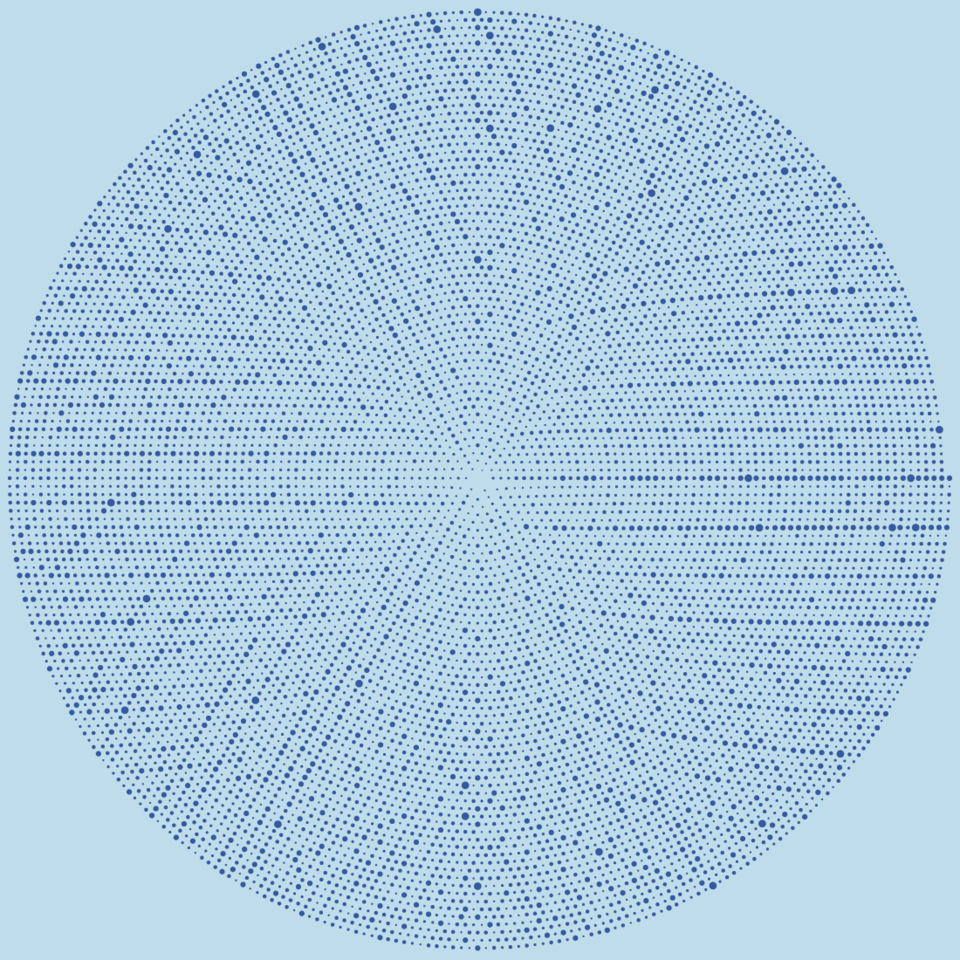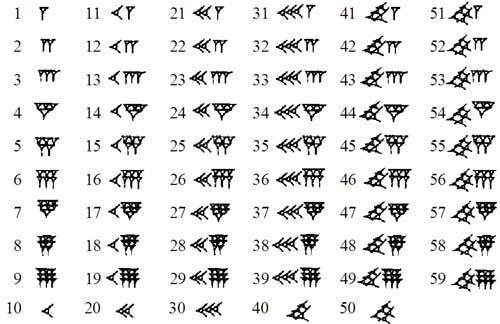Hexagonal number spirals
Having recently discovered that the prevailing number spirals of our age are not nearly hexagonal enough for my needs, I invented new a circular spiral based on centered hexagonal numbers, which I have named the GRAHAM SPIRAL. The first rotation contains 6 dots, representing the first 6 natural numbers, and each subsequent rotation n contains n*6 dots, in the fashion of hexagonal tessellation. In the examples above, variable dot sizes represent the number of unique prime factors in a given number, while the uniform dots represent primes themselves, but of course any arithmetic attributes can be plotted in the same fashion. The resulting patterns clearly demonstrate the deeply hexagonal structure of the natural numbers, &c.

